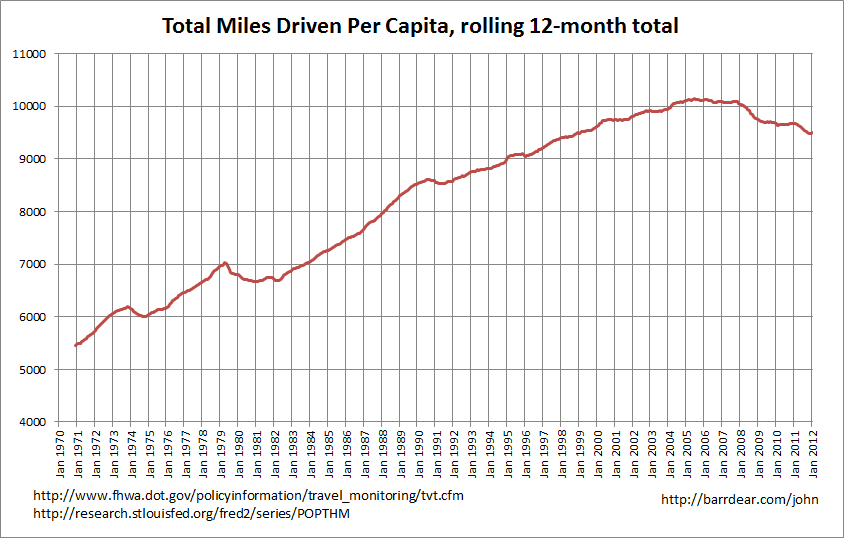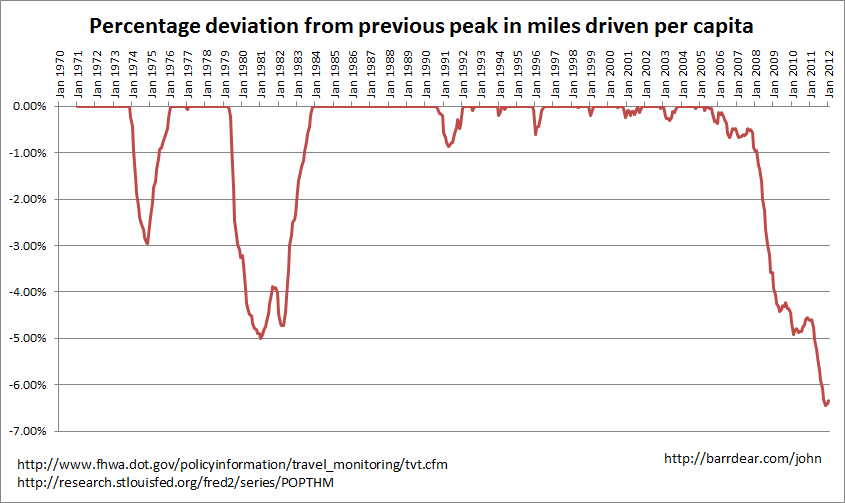A very smart three year old asked me what would happen if we gave everybody 20 dollars. Now, this is a deep and difficult question and no less important for having come from a three year old. Anybody who tells you it’s easy has not thought about it properly. As it turns out, I am not smart enough to explain this to a three year old, so I instead decided to give my answer to their parents and trust them to translate for me. I also decided to pretend the question was:
What would happen if we gave every 10-year-old kid on the planet 20 dollars (or its local equivalent)?
Here’s my answer:
If we were to give every 10 year old on the planet the equivalent of 20 dollars in their local currency, they’d immediately spend all of it, because 10-year-old kids do not care about savings and have no debts to pay down.
***
If this all came as a complete surprise, the shops would immediately be emptied of all lollies (candy if you’re American, sweets if you’re British) before the shop owners knew what was happening. Some of them might have put up their prices part-way through the day, but not many. If it’s a small one-person shop it’s hard to go around changing the price on everything when you’ve got a queue 20 people long that you need to serve. If it’s a big shop, the owner probably isn’t on site and flunkies aren’t paid to think, they’re paid to just take the customers’ money. It’s a bit more complicated through, because each shop selling out of their lollies would happen in a cascade through the day. The kids would first swarm to the shop that everybody knows about and when it sold out, they’d move on to to more obscure shops. They’d repeat the process until every shop sold out of stock or the kids ran out of money.
At the end of the day, faced with empty shops and tills overflowing with money, the shop owners would then order more lollies and put up their prices for next week when those lollies actually arrive. They’d also go home and celebrate with their family over the windfall profits. They’d order new cars, book holidays and increase the pocket money they give to their own 10-year-old kids. So as well as clearing out existing inventory, the shower of money will lead to more demand for new stuff and a future increase in prices. Eventually, once everything had settled down, the price of everything (including cars and holidays) would have gone up, but along the way they will have collectively produced and consumed more stuff than they would have otherwise.
***
Alternatively, if all the purveyors of lollies had one day’s advance warning that this avalanche of disease and bad manners was going to descend on their shops, they would face a problem (the good kind of problem). If they’re a popular and well-known shop, they would know they were going to sell out. Ideally, they’d have ordered more stock to sell in advance, but it’s not going to come in time (it takes a week). So instead, they order more lollies (and beg their supplier to be quick about it) and put up their prices immediately to suck some more money out of the kids. When the shop opens, the flood of kids turn up and buys all the lollies at the higher prices and swarms on to the next shop. But because of the higher prices, the kids will run out of money sooner and so the really obscure shops may not get much extra business at all. Knowing that this is going to happen, the obscure shops may not increase their prices, hoping to tempt some of the kids to come to them.
At the end of the day, the owner of the popular shop is positively giddy with excitement. They’ve sold all their lollies and gotten even more money than they would have if they’d sold them all last week. When they go home and celebrate, they order two new cars, one of them a Lexus, and the holiday they book is at a 5 star resort. Their kid doesn’t just get an increase in pocket money, they get sent to a private school. The owners of the obscure shops are also happy, because they’ve had a really profitable day, but it’s not been as good as it would have been without the advance notice. They just get their existing car repaired and buy a book about travelling through interesting countries. Their kid gets an extra scoop of ice cream for dessert. In the end, prices have generally gone up, although not necessarily everywhere (more popular and more fancy stuff will have increased their prices more) and, in aggregate, we will have produced and consumed more stuff.
***
If the whole thing was announced two weeks in advance, then some really interesting stuff would happen. The most popular shop would place an advance order for extra lollies so as to have more stock on the day and they’d increase their prices. They’d need to judge it carefully to decide how much of each to do, but their goal would be to make even more profit than they would with just one day’s notice. But that order for extra lollies will need to be placed and delivered and paid for before the kids ever get their 20 dollars. That means that the popular shop will need to borrow against the upcoming profit. On top of that, with all that advance notice, it’s not only the popular shop owner that will change their plans. The lolly manufacturers themselves would be putting up their prices, so the cost of ordering those extra lollies is higher. The normally obscure shops might try to do something to remind kids that they’re there. The really smart kids might even spend the two weeks looking for obscure shops that are less likely to put their prices up. Because the obscure shops might therefore be more likely to be visited on the big day, they’ll generally be able to put up their prices a little bit. But on the other hand, that will be offset by the fact that kids will know that the popular shop will have twice as many lollies as usual, so even knowing about the obscure shop, maybe they’re better off just going to the popular one.
When the big day comes, the popular shop will have a huge day. They’ll sell squillions of lollies at higher prices, but the really obscure shops will make more money, too. But they can’t all get more money than they would under the one-day-notice or no-notice scenarios. Exactly who will win and who will lose relative to the first two scenarios will depend on who managed to convince the kids to come to them on the day. At the end of the day, the popular shop will pay off their loan to the bank and will almost certainly have made an excellent profit. The owner of the popular shop and the owners of the obscure shops that made good profits will go home and celebrate, buy cars and holidays and try to figure out how to better compete with each other next time.
Overall, this case leads to an increase in demand and production of stuff before the money gets given to people (it temporarily sits in the popular shop’s inventory). The lolly manufacturer gets their money before the new money is even printed. In the end, prices are a bit higher and real quantities were higher than they would have been, but the distribution of that demand is once again different. Some of the extra money will go first (before it even exists!) to the manufacturer. Some of it will go on the big day to shop owners and some of it will go on the big day to the bank owner.
***
Now we start to get sneaky. If it’s announced two weeks in advance, but then cancelled the day before the big day, then the popular shop will have already ordered, received and paid for their extra lollies with a loan they took out from the bank. The manufacturer will already have started spending their share of the money. Obscure shops will already have put effort into reminding kids that they’re there, and smart kids would already have spent time looking for really obscure shops. In this case, the manufacturer is happy; they got their money and so still celebrate with their family, but they’ll put their price back down because everything has gone back to normal. The obscure shop owners are a little bit annoyed but don’t really mind because at least now more kids know about them. The bank owner is sort-of happy, but worried about getting their money back so instead of celebrating they go to see the popular shop owner and have a difficult conversation about complicated stuff like loan covenants.
The popular shop owner is the only person who’s really annoyed, because they’re the only one that’s out of pocket. They’ve got twice their normal inventory and a big loan to pay off. Now, if the lollies will last for a while and the bank is patient, they might be able to just go about their normal business, selling them to the kids as they get their weekly pocket money and paying off the loan bit by bit. But if the lollies are going to go bad if they’re not sold quickly, the popular shop may have to lower their prices temporarily to tempt kids to buy them even without the extra 20 dollars. If that’s the case, the popular shop will make a loss and just be trying to minimise it. They’ll hope they make enough money to at least pay back the bank.
Overall, real things happened and real stuff was produced and consumed, a fair bit of it before the big day was ever meant to happen. While prices jumped around a little bit — some up, some down — they generally returned to where they were beforehand.
***
Finally, we get to the scenario where it’s announced two weeks in advance, but people think it’s going to be cancelled before the big day. In this case, the obscure shops probably won’t bother to remind kids that they exist and only the most bored of the smart kids will ride around looking for obscure shops that they probably won’t have a chance to spend money in anyway. The popular shop, worried that they’ll be stuck with a big loan and inventory they can’t sell without making a loss, either won’t order anything in advance at all or will only make a small order. The manufacturer won’t blame the popular shop for only making such a small order and won’t bother to put up their price.
If the big day does get cancelled as people suspect, then nobody gets hurt and nothing happens, while if it really does happen, it’ll be a fantastic surprise and everybody will be happy (well, at least the kids and the shop owners). But, importantly, nothing much will happen at all until people believe the big day is really going to go ahead.
***
This last scenario is a bit like America and the UK today. The central banks have engaged in tremendous efforts to stimulate their economies, but for a bunch of boring reasons, the benefits of those efforts will only appear in most people’s pockets at some point in the future. On top of that, every time the shops start to think the shower of money will actually come through and place orders with the manufacturers, the manufacturers get excited and raise their prices a little. But because that means some prices are going up even before people get the new money, some central bankers worry that they’re planning to give away too much of the stuff and so talk very loudly about how they’re going to cancel most of the stimulus before it gets into people’s hands. That makes the shops worried again and so they cancel their orders.
The problem is one of commitment and credibility. Some people think that when the central banks talk about their exit strategies they’re doing it to defend their hard-won credibility in controlling inflation. That’s all well and good as a long-run strategy, but it also erodes a different type of credibility because, from the perspective of the public at large, they’re committing to do something and then going back on that commitment. It’s the boy who cried wolf in reverse. Imagine trying this strategy with your own kid:
- First, offer to give them $20 for lollies if they do their homework every night for a week
- They will immediately sit down and do tonight’s homework
- Tomorrow morning, tell them it’s actually only going to be $5 and, maybe, nothing at all
- Do you really expect them to do their homework on that second night?
- Do you really expect the trick to work again next month?
Yes, on the face of it, this whole essay goes against my previous thoughts on monetary policy at the moment. What? A guy can’t have multiple, contradictory opinions at once?



